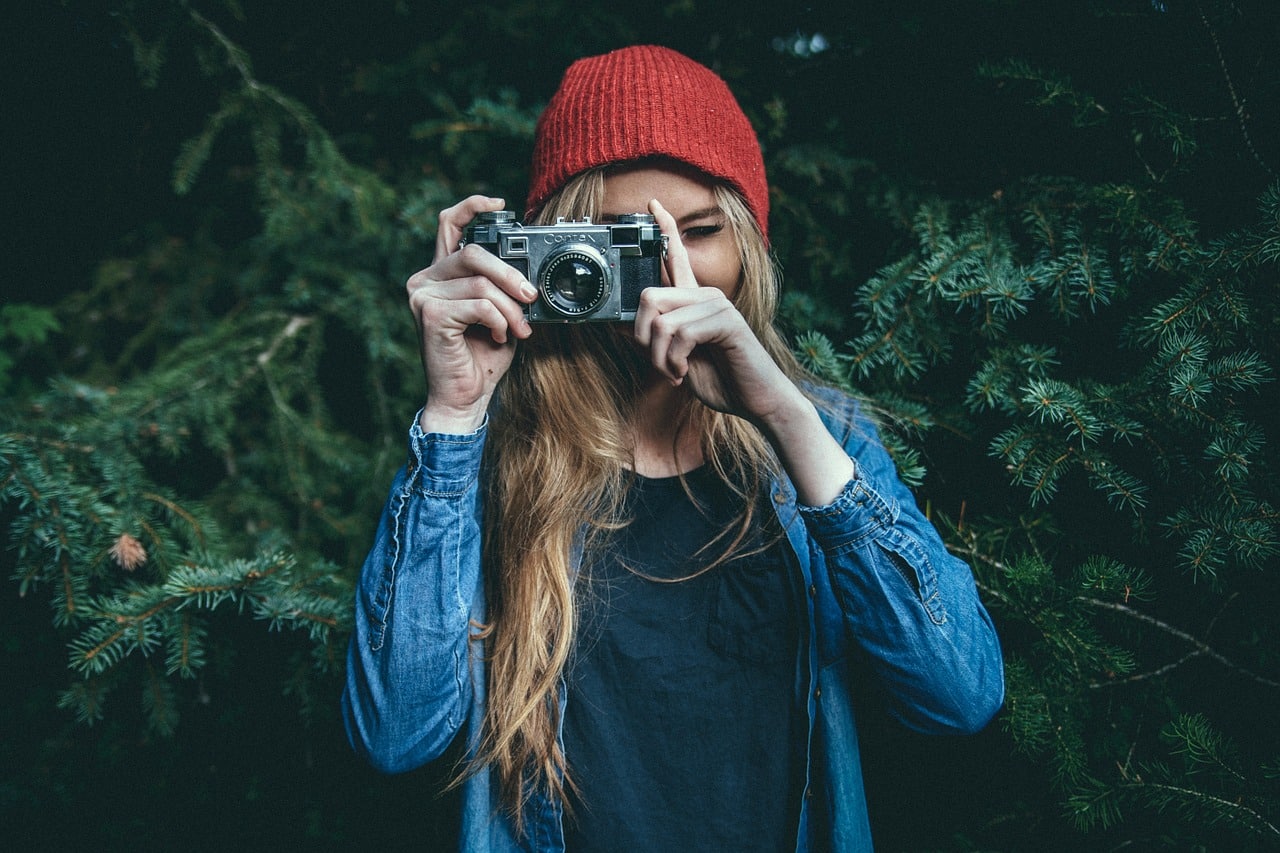21 Travel Photography Tips
Are you a frequent traveler and photographer who aspires to improve your travel photography?
During travel, there are numerous “once in a lifetime” experiences that you want to perfectly capture and cherish for the rest of your life. You only get to see a place once, so you want to make the most of it and capture it in the best way possible.
Travel Photography Tips
This ultimate guide, on the other hand, is jam-packed with useful travel photography tips to assist you.
Whether you are interested in landscape photography, street photography, architecture photography, or food photography, this guide will teach you everything you need to know to better capture your vacations.
Try these tips, and you’ll come home with a stunning collection of photos fit for a travel photobook!
Street Photography
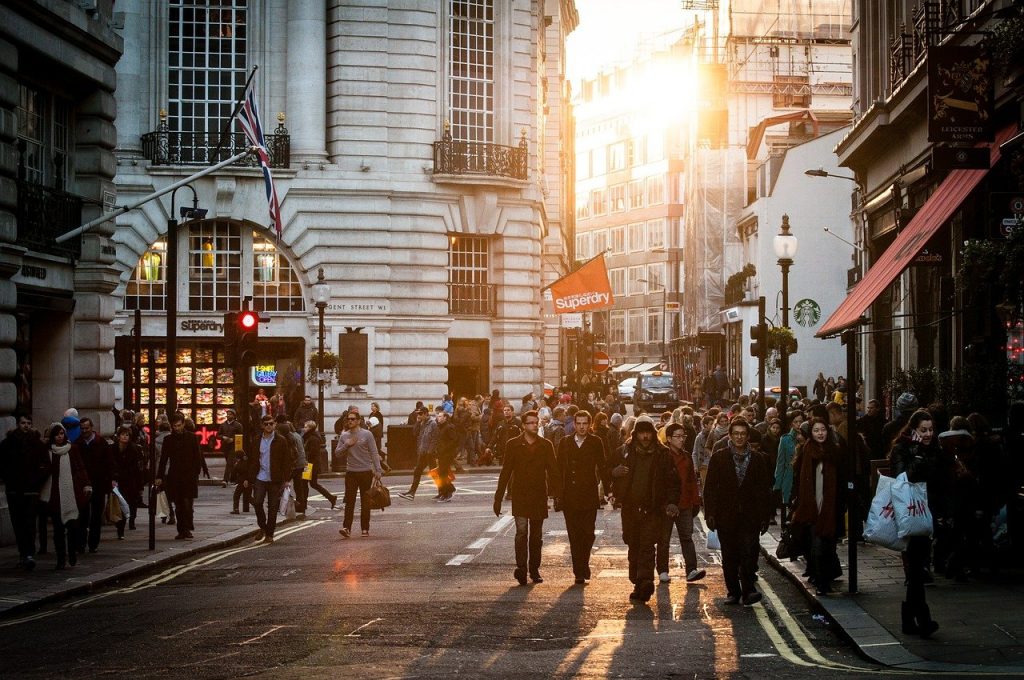
Street photography is one of the best ways to capture a city in all of its facets. Getting right in the middle of the action allows you to observe and document the atmosphere, people, and interactions taking place in a location.
Although difficult, the results will be worthwhile because you will not only capture photographs but also stories.
For street photography, social skills are just as important as photographic skills. Here are a few pointers to get you started.
1. Talk with the locals
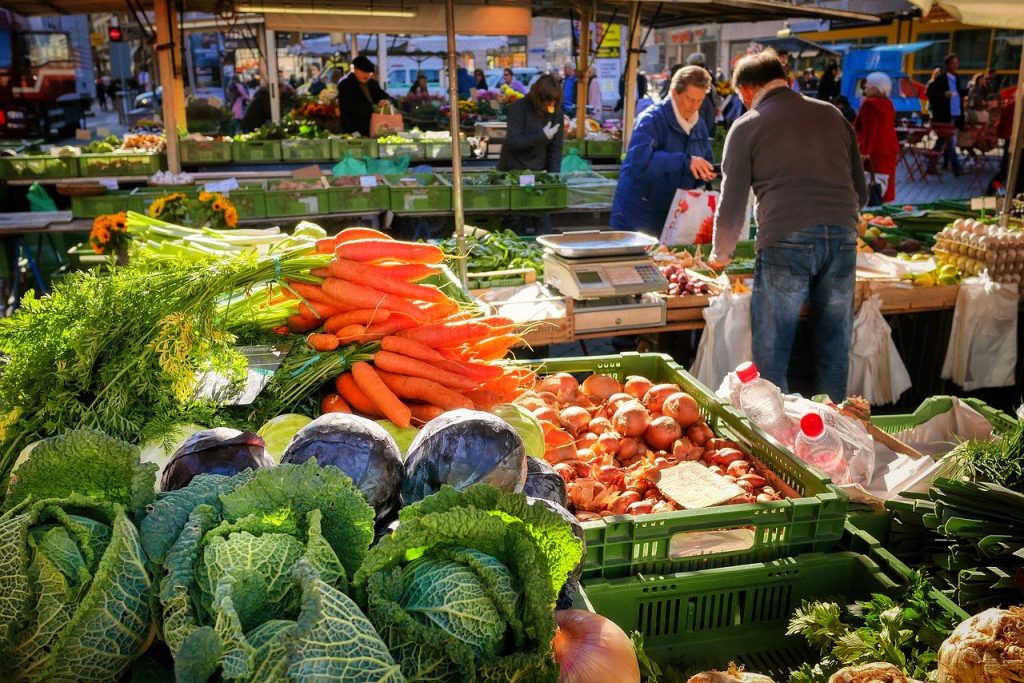
Locals can be apprehensive or hostile when you photograph them, and who can blame them when a stranger thrusts a camera in front of their face?
Some argue that creating beautiful street photography requires more social skills than photography skills, and they may not be wrong.
Nothing beats a relaxed atmosphere for eliciting genuine expressions from people, so start a conversation to gain their trust. Demonstrate that you’re genuinely interested in speaking with them. Some photographers even put their cameras away for the first few minutes, which helps them stay relaxed and trusting.
2. Keep the camera-ready at all times
Even after you’ve finished shooting, don’t put your camera away. When most people are aware of the camera, they do not act naturally. The bodies stiffen, and the smiles become unnatural. After a while of talking, take a few shots, but keep the camera nearby and ready to use.
When the session is over, most people relax, but that doesn’t mean you should stop and pack your camera. When your subject thinks it’s done, they may act naturally, resulting in more natural and genuine expressions in your shots.
3. Capture stories, not things
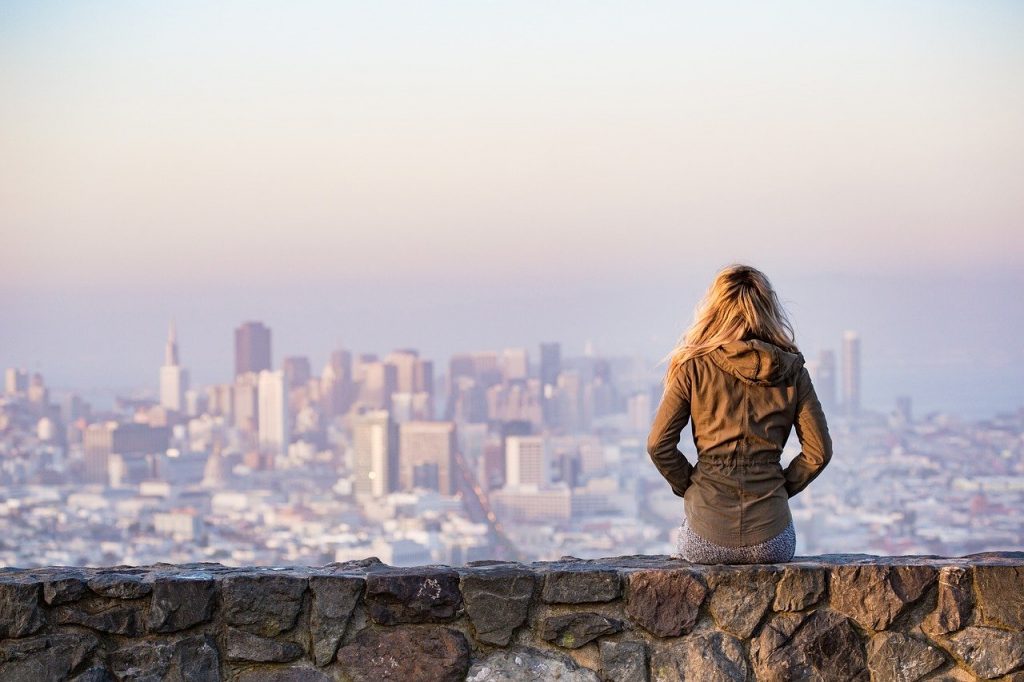
Street photography is all about telling stories, so look beyond the people, buildings, and scenery.
Capture the movement of people rushing through the market or the laughter of children playing with improvised dolls with their friends. The best stories are usually told through expressions, interactions, and movements.
4. Don’t chimp
Chimping is the act of checking your photos on your camera’s display after you have taken them. Don’t risk missing out on moments because you’re too preoccupied with looking at your photos on your tiny LDR camera screen. What if you miss a split-second golden opportunity because you’re too focused on the screen?
Just keep taking pictures, and you’ll be able to sort them out later.
Landscape Photography
We recently published a landscape photography guide for any type of terrain. Here, we’d like to share some general landscape photography tips that can help you improve your images.
5. Research the best time to visit each landscape destination
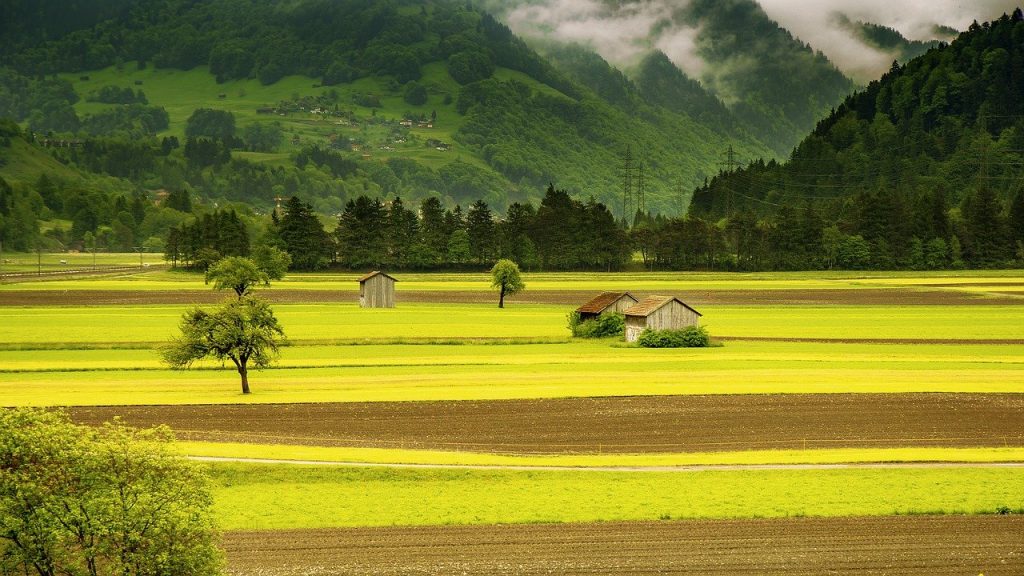
When it comes to nature photography, the time of day you take the photos plays an important role in the results, as it can add dramatic effects to your photos. Perhaps you want to photograph the beach at sunset to create beautiful silhouettes of the boats and people. Perhaps you’d like to photograph the hills just after sunrise when they’re still shrouded in mist.
When planning the trip, look into the best times to visit each destination. The golden hour, blue hour, and early morning all have distinct effects on your photographs. Plan your itinerary based on how you want your photos to turn out.
6. The secret of sharp images: focus one-third of the way up the frame
This is a little-known but extremely useful tip. Use manual focus, a point 1/3 of the way into the frame, and a small aperture.
To obtain sharper images, avoid using the smallest aperture (f/22), but rather use 2-3 stops below the smallest.
7. Use layers to add dimension
It’s not always easy to capture the splendor of nature on film. The towering mountains may appear short, and the vast sea may appear small.
The solution is to use layers in your photo.
- The background: the farthest (and usually the largest) subject in the frame – a mountain or sea, for example
- The middle ground: it’s not always necessary or available, but something in the medium distance like a river, trees, or a pond can be the middle ground
- The foreground: the subject closest to you. It can be a person, a rock, grass, or anything. The foreground plays an important role in adding a sense of scale to the image.
8. Explore various spots at the location
Many photographers do not venture beyond the first 2-3 locations they find, and as a result, they miss out on many good opportunities. Walk around the area, trying to see things from different perspectives and angles. Crouch down and try the ant view, or if possible, find a higher vantage point to get a bird’s eye view. Capture images that no one else has ever seen.
9. Get creative with your subject
To make your landscape photos more interesting, try adding a little twist to them. Use the clear body of water as a mirror, experiment with a slow shutter speed (and a tripod) to create a silky river stream, or use the clouds to create patterns in the background. With a little imagination, you can add a wow factor to your photos.
Architectural Photography
Another important aspect of travel is photographing monuments, landmarks, and buildings. If you’re planning a city break, these suggestions will come in handy.
Note: If you want to make some adjustments to the photo just let me know. I can do it for you at a very low cost. You can hire me to edit your photo.
10. Use humans to add a sense of scale
When photographing a monument or a landmark, we prefer not to have anyone in the frame. However, in popular tourist areas, it is not always possible to have the place to yourself.
In this situation, embrace the people. Allow them to be in the frame, and be ready to capture when they are in the ‘right’ position in the frame for a good composition. When done correctly, people can be used to highlight the majesty of a landmark or building.
11. Focus on the smaller things to find interesting patterns and details
When photographing a landmark, we frequently focus on getting wide-angle shots to show the entire structure. There’s nothing wrong with that, but once you’ve covered it, concentrate on smaller parts of the structure because this is the best way to find interesting details and patterns.
Zooming in and looking through the lens is one technique to try. This will train your eyes to notice the details that you might overlook when looking at the big picture.
12. Play with different angles and perspectives
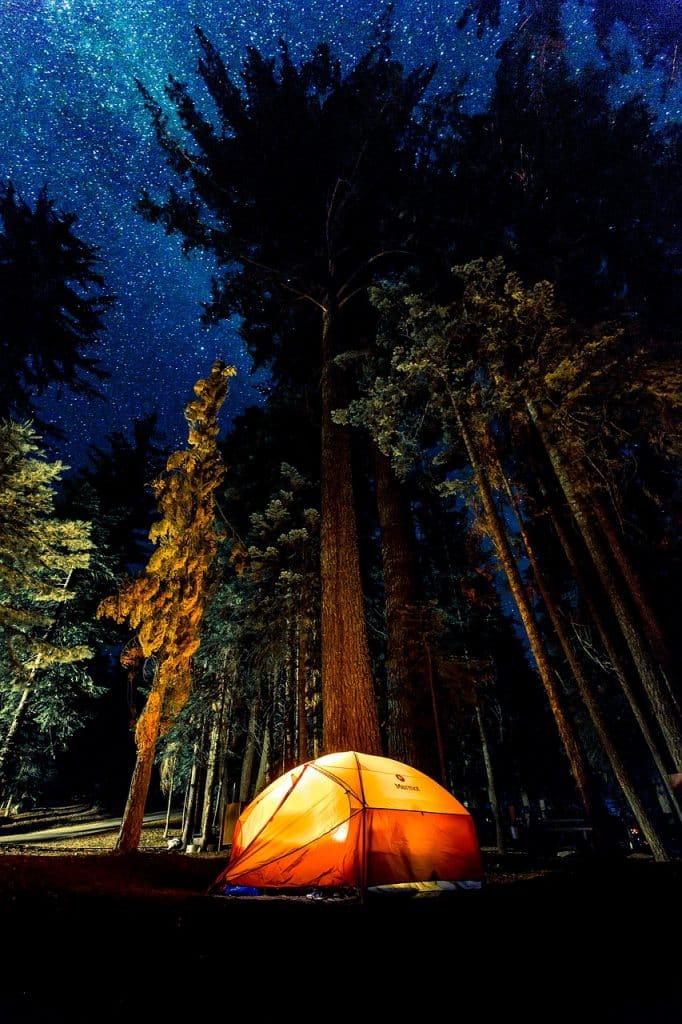
Without a little twist, shots of buildings and landmarks can fall flat. Consider that thousands of people who have come before you may have taken the same shots at the exact same location. Tilt your camera, find a higher vantage point, or lie down and point your camera upwards; be as creative as possible to give your images that “wow” factor.
13. Use lines and shapes to create geometric patterns
Playing with lines and shapes to create unique patterns that can be the focus of your photo is another way to create unusual shots. When combined with unusual angles and points of view, the results can be spectacular. Allow your imagination to run wild.
Food Photography
In our previous article, we covered almost all of the basic food photography tips, and many of them still apply when you’re traveling. When you travel, however, you don’t have as much control over how the food is presented, so here’s what you can do to make the most of what you have.
14. Use natural light
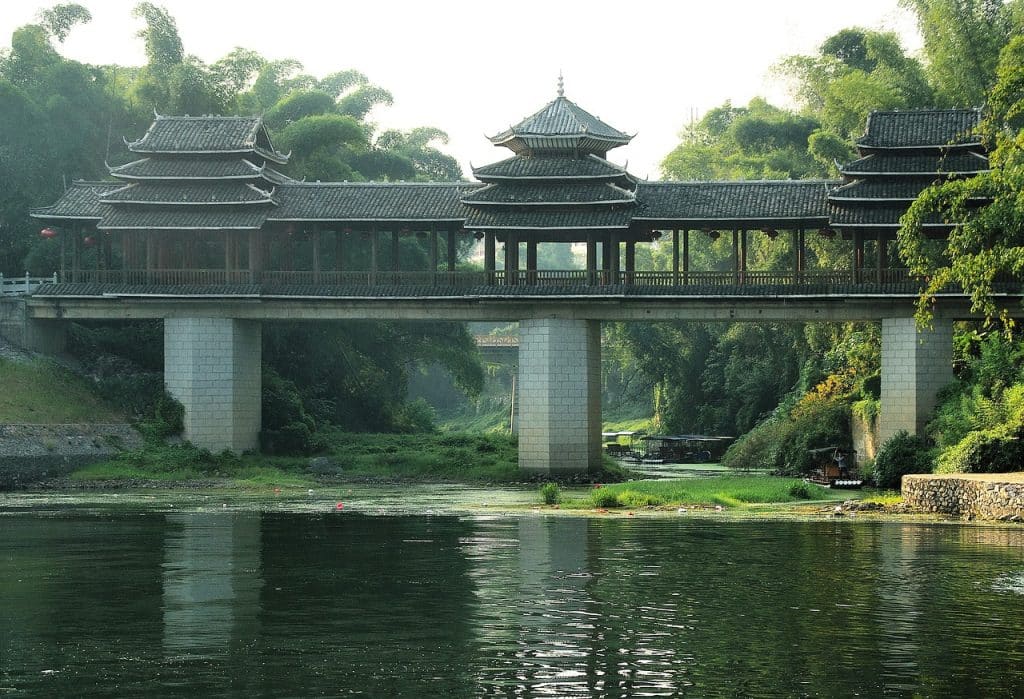
This applies to all types of photography, but there are a few things you can do to ensure you get natural light when eating out while traveling: request a window table or sit outside if possible. Even better, reserve the space ahead of time and request these strategic spots for the best natural light.
14. Use natural light
This applies to all types of photography, but there are a few things you can do to ensure you get natural light when eating out while traveling: request a window table or sit outside if possible. Even better, reserve the space ahead of time and request these strategic spots for the best natural light.
15. Shoot local delicacies
Every location has its own specialties, and if possible, capture them in their natural habitat. Explore the local markets for traditional dishes, an amazing culinary adventure, and interesting photo subjects. Use whatever you have on hand as ‘props,’ such as Indonesian chicken satay served on a banana leaf, Moroccan tagine, or jerk chicken on the grill.
While you’re there, wander around and take photos of the vibrant spices, ingredients, and atmosphere. This will add context to your food photography.
16. Eliminate distractions
When there are too many things in the frame, it can take the focus away from the food. Leave out the cutlery and sauce bottle if they don’t add anything to the story.’
17. Capture the eating experience

Some food images appear more appealing when they are eaten (or half-eaten), or when there is a human element in the frame. Take pictures of the steak as it is being cut to show the meat inside, or of the scone, as it is being sliced and smeared with jam and cream. Capture hands reaching for food on the table or noodles being lifted by chopsticks.
Capturing the human elements and eating experience will add a dynamic to otherwise boring photos of untouched food.
18. Capture the cooks in action
One of the benefits of going to the market or the street is that you can often see the cooks at work. It’s fascinating to watch them expertly prepare the food, and if you can capture these on camera, your photos may fascinate those who see them as well.
Self-portraits

You may understand the frustration of trying to get good self-portraits or group photos when you’re not the one behind the camera. You’ve come this far; you should have some decent photos of yourself or your group. Here’s how to take good pictures of yourself and/or your group.
19. Ask someone with a DSLR camera
Instead of approaching a random stranger, approach someone who owns a DSLR camera. They are more likely to understand the fundamentals of photography, which increases the likelihood of getting good shots.
It’s also a big help if you show them an example of the shot you want, along with some instructions on how you want it done (for example, “Would you please take it exactly like this, with me from the waist up?”). They only need to click the shutter after you frame the shot and set the focus.
20. Invest in a remote or wifi-enabled camera
This one will come in handy for solo travelers.
You can get by with a tripod and a self-timer, but going back and forth to set the timer is inconvenient (and tiring). Invest in a small remote to save yourself the trouble. If you’re really into travel photography and want to go the extra mile, you can invest in a wifi-enabled camera and control it with your phone. Isn’t that cool?
A little tip for this point, it would be best if you can go early and beat the crowd, especially if your destination is a popular one. Reduce the possibility of having someone walk in the frame or knock your tripod, which can ruin not just your photo, but potentially your gear and holiday mood as well.
21. Using a selfie stick is not always bad
As a last resort, you can always use a selfie stick to take your portraits. We’d recommend you go beyond the standard pose and framing, though. Be creative with your selfie, and capture the background and environment as much as possible.
Make your own travel memories!
Last but not least, keep all of your holiday memories in order to create your own photo book and travel memorabilia! Those once-in-a-lifetime experiences must be preserved and treasured.
Note: If you want to make some adjustments to the photo just let me know. I can do it for you at a very low cost. You can hire me to edit your photo.
LATEST POST
- Best web design companies in TrivandrumRainx LLP, Oregon Technologies, Redwet Solutions, and Globify Digital Solutions are among the best web designing company in Trivandrum, specializing in website development.
- Create a Digital Business CardCraft a digital business card that showcases your unique brand and personality. It’s simple to share and easy to update whenever needed. Plus, you’ll benefit from a free domain, hosting, and effortless social media integration. Ideal for professionals in any field!
- DeepSeek AIExplore the significant differences between DeepSeek AI and ChatGPT. Experience a more efficient and cost-effective AI solution tailored to your needs.
- AI tools for resume buildingExplore the best AI tools for resume writing freely to create your professional resume to stand out in an interview.
- Answer Engine OptimizationDiscover the key differences between AEO and SEO. Learn how Answer Engine Optimization can boost your online presence when combined with SEO strategies.

